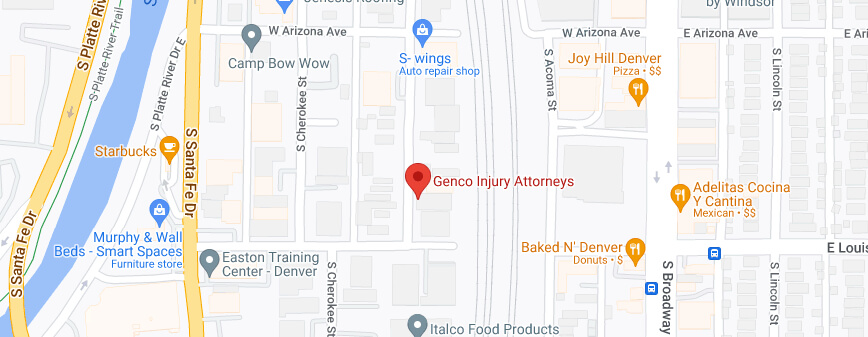The goal of a personal injury case is to make the victim whole again and compensate them for the losses they suffered due to an accident. Ideally, this can be done without the cost and hassle of bringing a case to trial. At the beginning of your personal injury case, your lawyer will conduct a thorough investigation into your accident and the losses you’ve suffered. They will then use that information to create a document called a settlement demand, which lays out the amount of compensation you require to drop your claim and not take the defendant to court. This can lead to negotiation discussions and settling the case before a trial becomes necessary.
What is Included in a Settlement Demand Letter?
When your attorney drafts a settlement demand letter, they are explaining to the other party not only the dollar amount necessary to settle the claim but also why they believe that is a fair and reasonable amount. In complex cases, the letter may be over 20 pages long in order to back up the compensation demand. Having well-documented support for the settlement demand gives the plaintiff better leverage in negotiations because the other party may not want to risk a court case in the face of such strong evidence. The information provided in the letter can vary based on the type of personal injury experienced, but in addition to the request for compensation, it may include:
- A detailed description of the accident, including the place and time
- Witness statements
- Police reports
- Photos of the accident scene
- Medical records of the plaintiff’s injuries
- An accounting of medical expenses
- Expert opinions
- Information on lost wages and loss of future earning potential
- Analysis of the insurance coverage and limits
- Applicable state case law
- Examples of settlements for similar claims
How Does Your Lawyer Calculate a Settlement Demand?
Every personal injury case hinges on a plaintiff attempting to get fair compensation for injuries sustained in an accident. But who decides what amount constitutes a “fair” compensation? To come up with a reasonable dollar amount for a settlement demand, your lawyer will take into account many factors:
- Economic damages: These are easiest to calculate because they can be backed up with bills, pay stubs, or other documents. This can include medical expenses, lost wages, and property damage.
- Non-economic damages: These damages, also known as general damages, cover mental and emotional losses caused by the accident. This may include pain and suffering, emotional distress, trauma, disfigurement, loss of quality of life, and more. These may be calculated by multiplying the economic damages by a number representing the severity of the injuries caused or can be figured using different metrics.
- Punitive damages: These are typically only awarded if the case goes to trial and the judge deems the defendant’s actions grossly negligent or willfully malicious. However, they may be factored into your lawyer’s settlement demand amount if they could apply to your case.
What Can Happen After You Make a Settlement Demand?
Once your lawyer sends the settlement demand letter, the defendant and their insurance company have a certain amount of time to reply. Their response can take one of three forms:
- Accepting the demands: In this case, they agree to settle the case for the amount of money specified, and the case is over.
- Replying with a counter-offer: They offer a lower amount of money, which you may accept, or your lawyer may begin negotiations to find an amount that is agreeable to both sides.
- Rejecting the demand and denying the claim: If they are unwilling to settle or negotiate, you may have to file a lawsuit to recover damages. This also applies if you receive no response.
If you want to know more about how a settlement demand might work in your particular case, contact our law office for a consultation: 303-500-1376.









